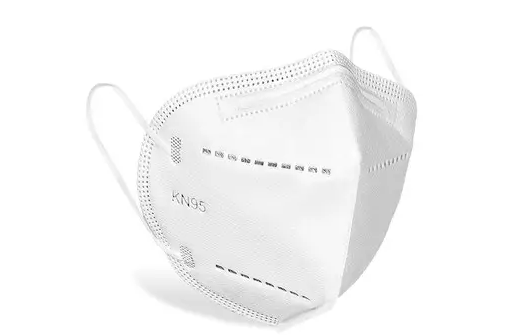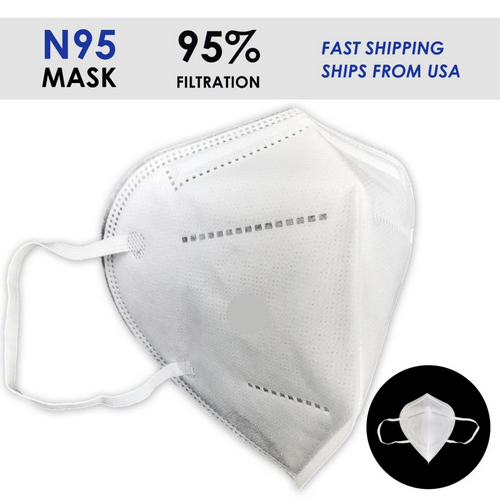Do you need a fit test for an N95 dust mask?

There are many N95 dust masks on the market now, but many friends do not know about N95, they only know that N95 dust mask is very good, but the knowledge of N95 dust mask is not very clear. The following is a detailed introduction to the N95 dust mask testing standards and technical requirements, as well as the functions and uses of the N95 dust mask.

Functions and uses of N95 dust mask:
N95 masks have a filtration efficiency of more than 95% for particles with an aerodynamic diameter of 0.3 µm. The aerodynamic diameter of airborne bacteria and fungal spores mainly varies between 0.7-10µm, which is also within the protection range of N95 masks. Therefore, N95 respirators can be used for respiratory protection of certain particulate matter, such as dust generated during grinding, cleaning and processing of minerals, flour and certain other materials, and are also suitable for liquid or non-oily respirators produced by spraying. Particles of harmful volatile gases.
N95 dust mask can effectively filter and purify inhaled abnormal odors (except toxic gases), and help reduce the exposure level of certain inhalable microbial particles (such as mold, anthrax bacillus, tuberculosis bacillus, etc.), but it cannot eliminate contact infection, Risk of illness or death.

N95 dust mask use:
Protection of medical personnel and related staff against airborne respiratory infectious diseases.
Basic protection of medical personnel or related personnel, and protection against the spread of blood, body fluids and splashes during invasive operations.
Disposable hygiene care in ordinary environments, or the barrier or protection of particles other than pathogenic microorganisms such as pollen.
N95 dust mask has stricter standards and must pass rigorous experiments to be certified. They also require passing more gas tests to ensure that the masks can effectively block particles smaller than 0.3 microns. In addition, N95 dust masks can be used in connection with medical institutions and industrial equipment in the United States. It should be pointed out that the N95 dust mask must pass rigorous testing before it can be certified.
The N95 dust mask qualification test includes.
1. Airflow resistance test: measuring the breathing resistance of the mask, using the test equipment: Face Mask Airflow Resistance Measurement tester.
2. Inspiratory resistance test: measures the inspiratory resistance of the mask, using the test equipment: Mask&Respirator Breathing Resistance Tester.
3. Filtration Efficiency Test: Measures the filtration efficiency of the mask against bacteria and viruses using the Mask Particle Filtration Efficiency (PFE) Tester.
4. Air Tightness Test: To measure the degree of containment of the mask against outside air, use the Air Permeability Tester.
The above is an introduction to the testing standards and technical requirements regarding whether the N95 dust mask is qualified. In addition to providing effective protection, the wearer's comfort must also be taken into account, as well as the need for the mask not to cause other negative effects. The type of mask should be carefully selected according to the individual's body type to ensure safe protection and to avoid accidents such as oxygen deprivation and dizziness over a long period of time.
2023-02-08 13:54


